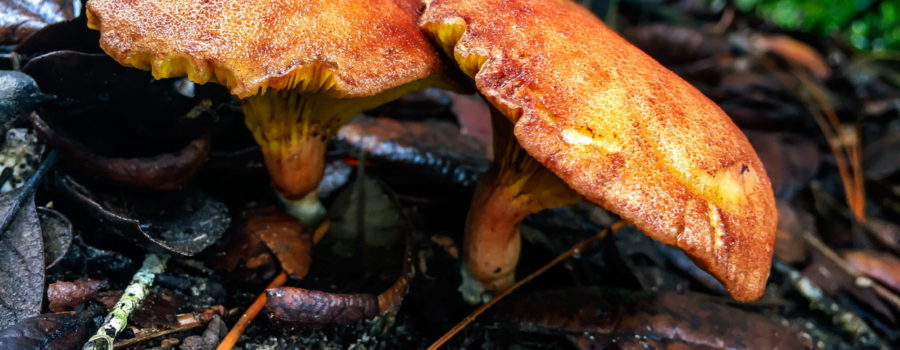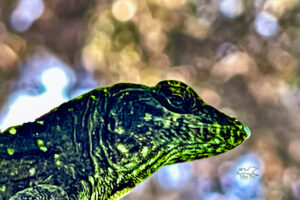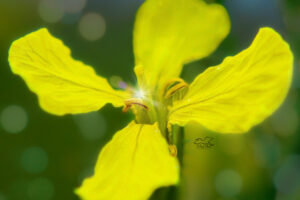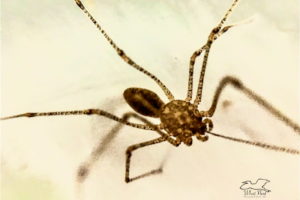Gillled Boletes are a Common Mushroom with an Unusual Structure

In the late summer and early fall we generally get rain almost every afternoon, and with the rains and warm weather come mushrooms. I’ve always liked the way that mushrooms look and I guess they kind of live in that fantasy part of my brain with fairies, gnomes, and the like. I guess a childhood of fairy tales and being an active fantasy novel reader keep that part of my mind interested in mushrooms. But I’m no mycologist, so I would never attempt to eat a wild mushroom, even if my identification tells me it’s okay. That said, one of the most common mushrooms that grows in this area is the gilled bolete (Phylloporus rhodoxanthus), and it’s a very interesting mushroom in several ways.

First and foremost, most boletes have pores, but this one has bright yellow or yellowish green gills underneath the cap. This has confused more than one amateur mycologist since the mushroom has the typical bolete structure until you look under it. The cap is a beautiful reddish brown that is dry and soft (I can totally see little Miss Muffett sitting on a velvety soft bolete cap!) and supported by a fairly thick, stalk that doesn’t taper. These are classic boletes! Then you look at the underside and start to second guess yourself since boletes don’t usually have gills. The other interesting thing about this mushroom is that it tends to grow in association as with oaks and beech trees. It develops a symbiotic relationship with those trees and the mushrooms and trees exchange nutrients, benefiting both. Gilled boletes are most often found growing above the roots of their host trees. We have several different types of oaks growing in this area and that’s probably why we have so many of these mushrooms growing here each summer.

Gilled boletes can be found growing either singly or in small groups in the leaf litter of the forest floor. They have a wide distribution in most of North America, Central America, and South America. They are also sometimes found in Europe, Australia, and parts of Asia. They are considered edible and are said to have a mild nutty flavor. People generally use them as a garnish or in a stew or casserole. I’ve also been told that they can sometimes be used as a side dish when sautéed in butter. Gilled boletes and many other types of mushrooms are also used to make mushroom dyes. Gilled boletes can be used to make a greenish brown, beige, or golden yellow dye depending on the fabric and the fixative used during the process.

As I said earlier, I don’t personally eat wild mushrooms, and I certainly don’t recommend that anyone do it unless they consult an expert first. That said, I do like the fact that these common, beautiful, little mushrooms are harmless to the pets if someone should decide to get into them. It makes them even more welcome in my yard. Maybe one day, if I sneak out to look at them at night, I’ll be able to catch a glimpse of a fairy or two!

Subscribe below to get our beautiful nature photography and artwork delivered to your inbox daily. Never miss an episode!





Recent Comments